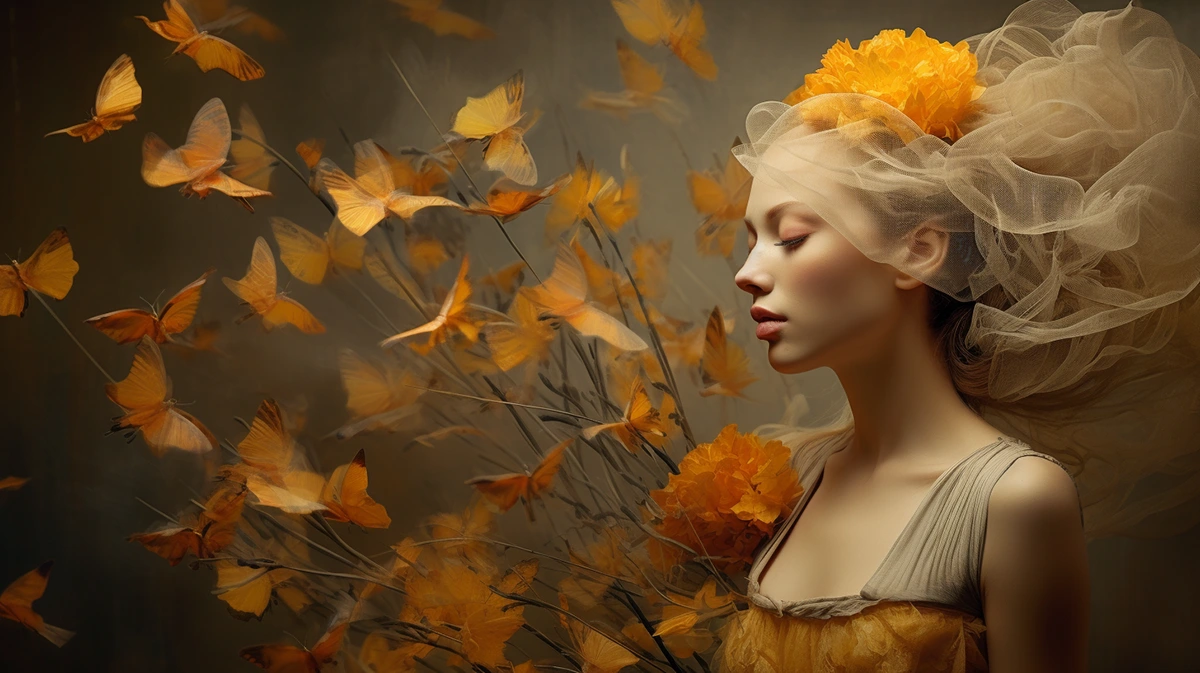Photographic art is a form of artistic expression that utilizes photography as a medium to convey ideas, emotions, or visions of the world. Unlike other types of photography such as documentary or commercial photography, photographic art does not aim to represent reality objectively; instead, it relies on the photographer’s intention and subjectivity. Therefore, photographic art provides an opportunity for the artist to explore creativity and communicate with the viewer.
But how can we understand and appreciate photographic art? What elements should we consider when observing artistic photography? Below are some tips and criteria to analyze and enjoy this type of photography.
Lighting:
Lighting is one of the most crucial aspects of photography as it determines the atmosphere, contrast, colors, and shadows of the image. Lighting can be natural or artificial, direct or diffused, soft or hard, creating different effects and sensations for the viewer. For example, soft and diffused lighting can convey calmness and serenity, while hard and direct lighting can generate drama and tension.
Composition:
Composition is how the photographer organizes elements within the frame, following certain rules or aesthetic principles. Composition can influence balance, harmony, rhythm, movement, and the viewpoint of the image. It can be symmetrical or asymmetrical, centered or off-center, horizontal or vertical, employing techniques like the rule of thirds, the golden ratio, lines, shapes, colors, or negative space.
Subject:
The subject is the main focus or motive of the photograph, what the photographer wants to show or convey. It can be a person, an object, a landscape, an animal, a scene, or an abstract idea. The subject may be related to reality or imagination, beauty or criticism, emotion or concept. It can be explicit or implicit, evident or suggestive, literal or metaphorical.
Intent:
Intent is the purpose or message the photographer wants to convey with their work. It may be related to the subject but also to how the subject is presented. Intent can be informative, educational, persuasive, provocative, emotional, or aesthetic. It can be clear or ambiguous, direct or indirect, simple or complex.
Example of Photographic Art: Dreaming in Dark Pink
To illustrate these criteria, let's analyze a photograph titled "Dreaming in Dark Pink," created with artificial intelligence, edited, and enhanced by Jordi Romo, available as a limited edition on his website.
Lighting:
The photograph features artificial and diffused lighting, creating a dreamlike and mysterious ambiance. The predominant dark pink color contrasts with the woman's blue dress and the white tones of her skin and hair. Dark pink may evoke feelings of passion, romance, fantasy, or melancholy.
Composition:
The composition is centered and symmetrical, with the woman in the center of the frame and trees on both sides. The woman occupies most of the space, while the background is blurred. She gazes upward, with floating hair, suggesting she is flying or dreaming. The composition creates a sense of balance, harmony, and emphasis on the woman.
Subject:
The subject is a woman in a pink forest, a surreal theme combining elements of reality with imagination. The woman and the forest may symbolize nature, femininity, beauty, or freedom. The photograph can be a metaphor for dreams, desires, illusions, or the woman's hopes.
Intent:
The intent of the photograph is aesthetic and emotional, aiming to create a beautiful and original image that arouses curiosity and admiration. The intent is also suggestive and ambiguous, leaving room for interpretation and meaning. It invites the viewer to enter the woman's world, share her dream, or imagine her story.
How to Appreciate Photographic Art?
We hope this article has helped you better understand photographic art and appreciate its characteristics and value. Remember that photographic art is a form of personal and subjective expression, and each photographer has their own style and vision. Therefore, the most important thing is to enjoy the photography and the emotions it conveys.




